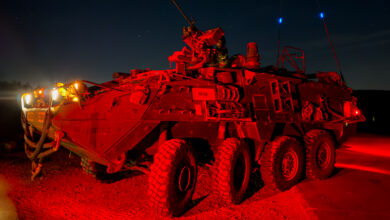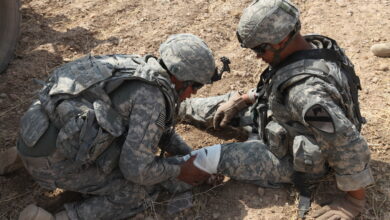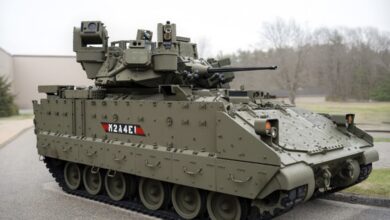The US Army is reviewing its gender-neutral fitness test and could revamp it to factor in the “biological differences” between men and women.
The development comes weeks after the US Congress directed the army to halt the six-event Army Combat Fitness Test (ACFT) until a study by a non-Pentagon body could assess its impact.
Female Soldiers Struggle to Clear Test
Congress reportedly cited initial army data showing that women fail the test at a much higher rate than men (65 percent to 10 percent), particularly the leg tuck event, which requires soldiers to hang from a pull-up bar and tuck their legs up to their chins.
The ACFT includes six events: a maximum deadlift, standing power throw, hand-release push-ups, a sprint, drag and carry, leg tuck, and a two-mile run.
Military.com, citing an unnamed army official, reported that physiological differences between men and women could cause individual scores to differ by as much as 100 points on average.
The test was initially planned to be implemented across all military services last year. However, because of the pandemic implementation was halted.
The ACFT was to replace the decades-old, three-event Army Physical Fitness Test, which was based on age and gender.
Review to be Complete by Year’s End
The review, reportedly being done by the Army’s Training and Doctrine Command, will be completed by the end of this year.
“We are addressing these concerns in coordination with Army senior leaders, Congress, and with those, it impacts the most, our American soldiers,” said Lt. Col. Peggy Kageleiry, a spokeswoman for the Army’s Center for Initial Military Training, to Stars and Stripes.
Separate Percentile Bands For Men and Women
Military Times further reported, citing the official, that ACFT will likely replace the current three separate scoring categories with a single one, but will have separate percentile bands for men and women.
However, the percentile bands would be gender-blind when soldiers go before a promotion board.
“All they are going to see for evaluation is which percentile the soldier falls into,” the Army official said. “The gender identity will not be included in that information. If anything, it’s a more gender-neutral assessment process because it doesn’t show the raw scores.”












